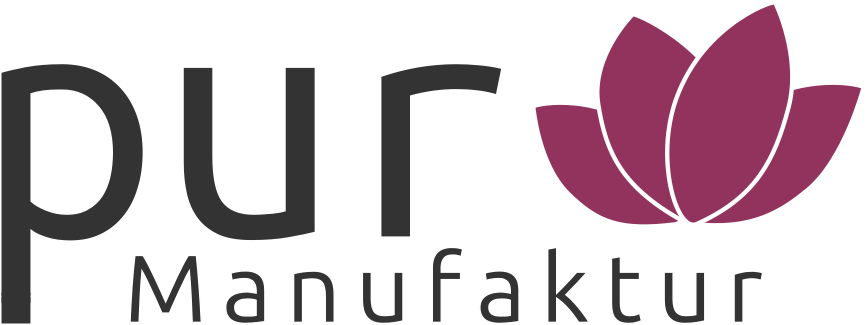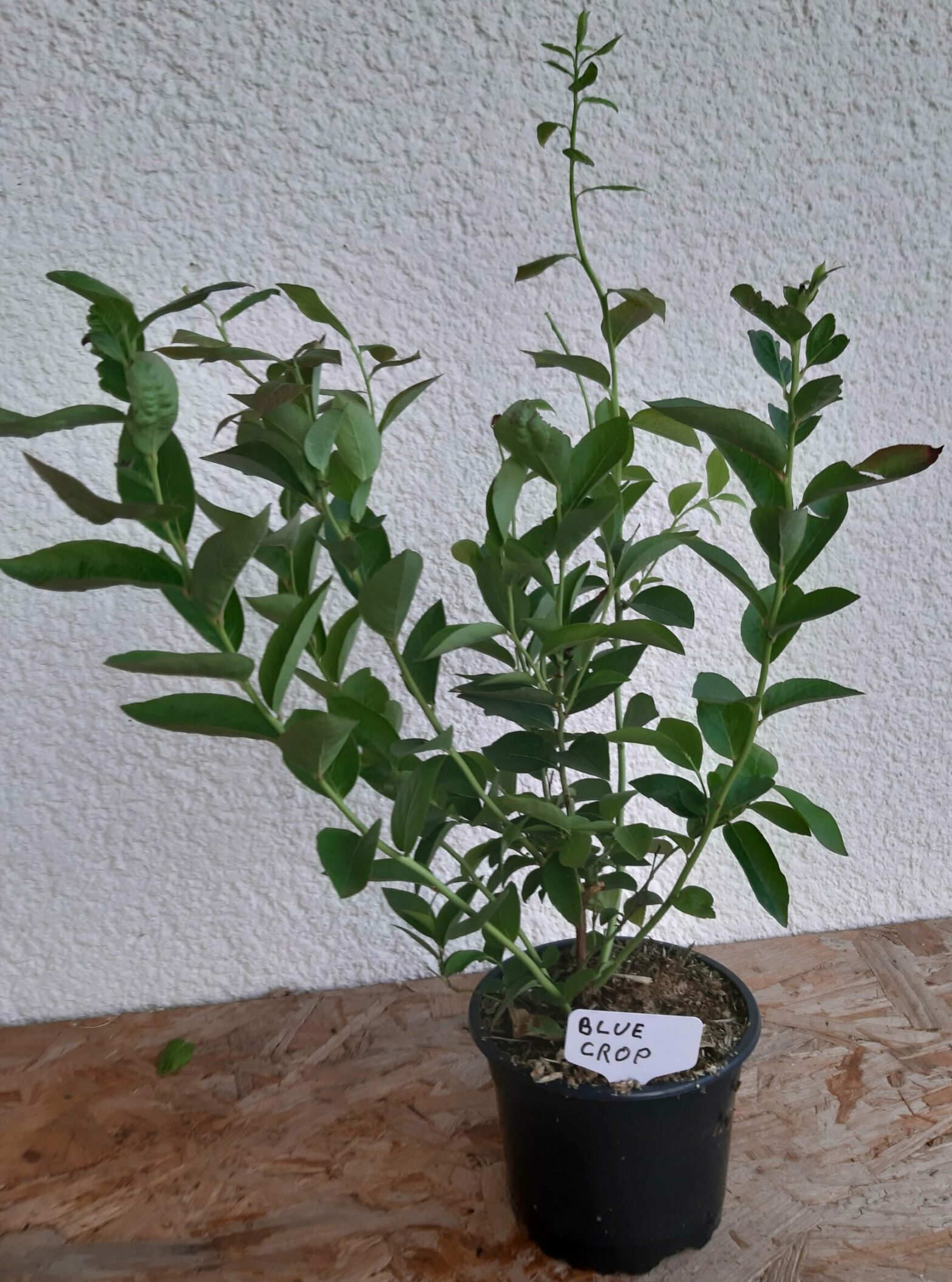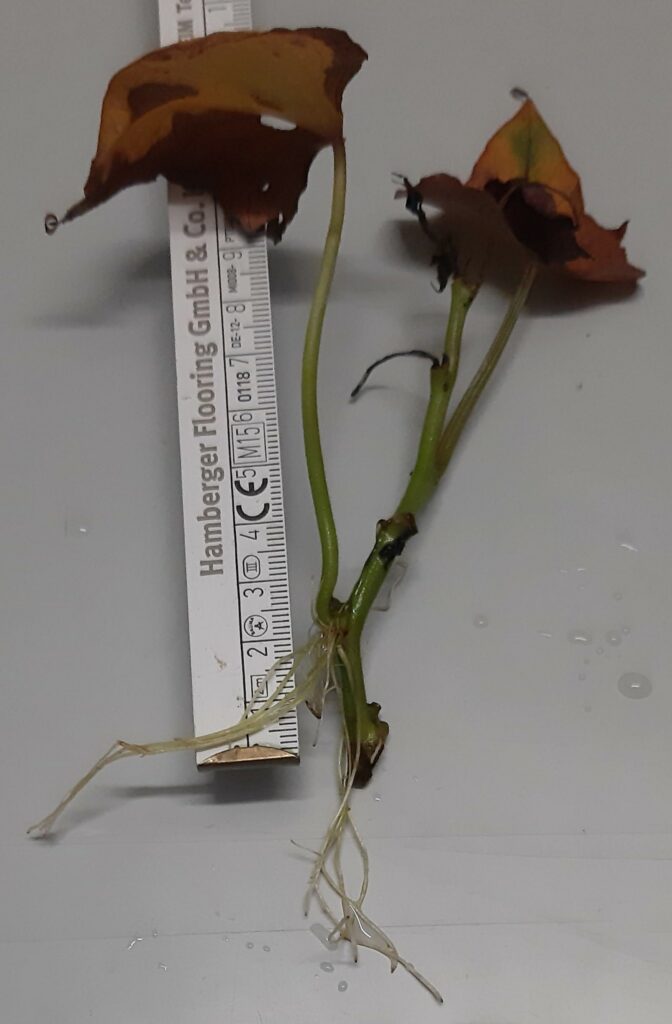Your cart is currently empty!
Blog
-

Blueberry (Vaccinium Corymbosum) Blue Crop and Chandler
11.08.2022
Blueberries are well know to be a highly nutritious berry and an opportunity presented itself to acquire two more varieties (Blue Crop and Chandler) for a very good price…Lidl had them on sale for 3,99€ per plant. Not only were the plants relatively inexpensive but upon examination it was seen that there was several branches that had new growth on them. Thus soft wood was available for cuttings.


Fig. 1 Blueberry varieties “Blue Crop” (Left) and “Chandler” 13.08.2022


Fig. 2 Cuttings taken from “Blue Crop” (Left) and “Chandler” (Right) 
Fig. 3 Four cuttings from “Blue Crop” and six cuttings from “Chandler” were taken and set in moistened Pearlite. -
Sweet Potatoes (Ipomoea batatas)
The motivation for planting sweet potatoes is to avoid the destructive behavior of the Colorado potato beetle (Leptinotarsa decemlineata). In the winter and early spring attempts were made to start sweet potato plants from sweet potatos that were bought in the supermarket. The attempt was of limited success and only a few slips made it to the field. Those that were not attacked by inhabitants of the field did not root and perished.
After being severed from its roots one sweet potato plant was able to be saved and cuttings were made out of the vine. It is hoped that the cutting can be rooted and used as a source for new plants in the 2023 season. Up until the point of it being damaged the sweet potato plant was doing well in the field.


Fig. 1 23.07.2022 Cuttings of sweet potato vines that were recovered from the last surviving damaged plant in the growing bed. 
Fig. 2 Cutting of Sweet Potato vine in water.
During the period of initial root formation the cuttings of the sweet potato vine will be kept on a window sill that will not receive direct sunlight.
27.07.2022 After three day in water on the window sill the beginnings of root formation was noticed. Three examples of the 7 cuttings are shown below in Fig. 3.



Fig. 3 Three examples of the sweet potato cuttings showing root developement after four day in the water. The appearance of roots so quickly is an unexpected surprise. This result also suggests that it would be much easier to propogate cuttings from a mother plant that has been grown over the winter months.
12.08.22
Six of the seven cuttings have survived. The two smaller cuttings in the glass on the right in Fig. 2 have shown more robust root development than those of the glass on the left.

Fig 4. Sweet potato cuttings from the glass on the right in Fig. 2 after seventeen days in water. 

Fig. 5 Sweet potato cuttings from glass on the left in Fig 2. The rood developement is not as advanced as for the cuttings in Fig. 4 from the glass on the left. A common element that the four cuttings in Fig. 5 have is that there is more older growth (longer stems) than the two cutting in Fig.4. Also, there was an odor noticed a few days after the cuttings were placed in the water and the water became cloudy much faster than the smaller glass.
When the cuttings were examined more closely after seventeen days. It was seen that the bark had softened and was falling away from the stem when lightly disturbed. The decomposition of the bark could have been the source for the odor that was observed. The segments of the stems that were showing decomposition of the bark were removed from the cuttings.
13.08.2022

Fig. 6 Cuttings A1 and A2 were placed in a mixture of garden soil and potting soil
The two cuttings with advanced root development (call them A1 and A2) were placed in a mixture of garden soil and potting soil. The garden soil carries indigenous microbes and fungi are from environment they will be placed in.
19.08.2022
After seven days it can be seen that the 3 cuttings whose stems were shortened due to partial decomposition began to show robust root growth. Two of these cuttings are ready for planting in soil, name them B1 and B2. The third cutting will be further divided into smaller cuttings. It can be designated C and the cuttings from it C1-4.

12.08.2022 
19.08.2022 Fig. 7 comparison of B1 seven days after removal of decomposing stem section. 
12.08.2022 
19.08.2022 Fig. 8 comparison of B2 seven days after removal of decomposing stem section. 
12.08.2022 
19.08.2022 Fig. 9 Comparison of cutting C seven days after removal of decomposing stem section. 
Fig. 10 Cutting C divided into 4 smaller cuttings
01.09.2022
All but the middle segment in the C-group of the cuttings have put forth roots. The cutting that did not continue to grow in the C group was the cuttings taken second from the bottom from the main stem shown in Fig. 10

B1 01.09.2022 
B2 01.09.2022 Fig. 11 Cuttings from the B group 01.09.2022. The roots have continued to develope. 
01.09.2022 C1 before leaf removal 
01.09.2022 C1 after leaf removal FIg. 12 Cutting C1. This was the upper most segment taken from the C-series. The leaves on cutting C1 have turned color and were removed. 
C2 01.09.2022 
C3 01.09.2022 Fig. 13 Cutting C2 was taken from the lowest part of the vine for the C-series and C3 is new growth that sprouted from this lower part. It can be seen that the bottom segment in the C-Series had the least root development. However the new growth that did develop from this section became a cutting on its own, C3.
03.09.2022

A1 03.09.2022 
A2 03.09.2022 Fig.14 Plants A1 and A2 on 03.09.2022. The cuttings A1 and A2 that were placed in soil on 13.08.2022 have developed nicely. During their approximately 3 weeks time in the soil they were on a balcony that recieved the late afternoon sun.


Fig. 15 Plants B1 and B2 after transfering to growing containers. 


Fig. 16 Cuttings in the C-Series after being transfered to the growing containers.




































